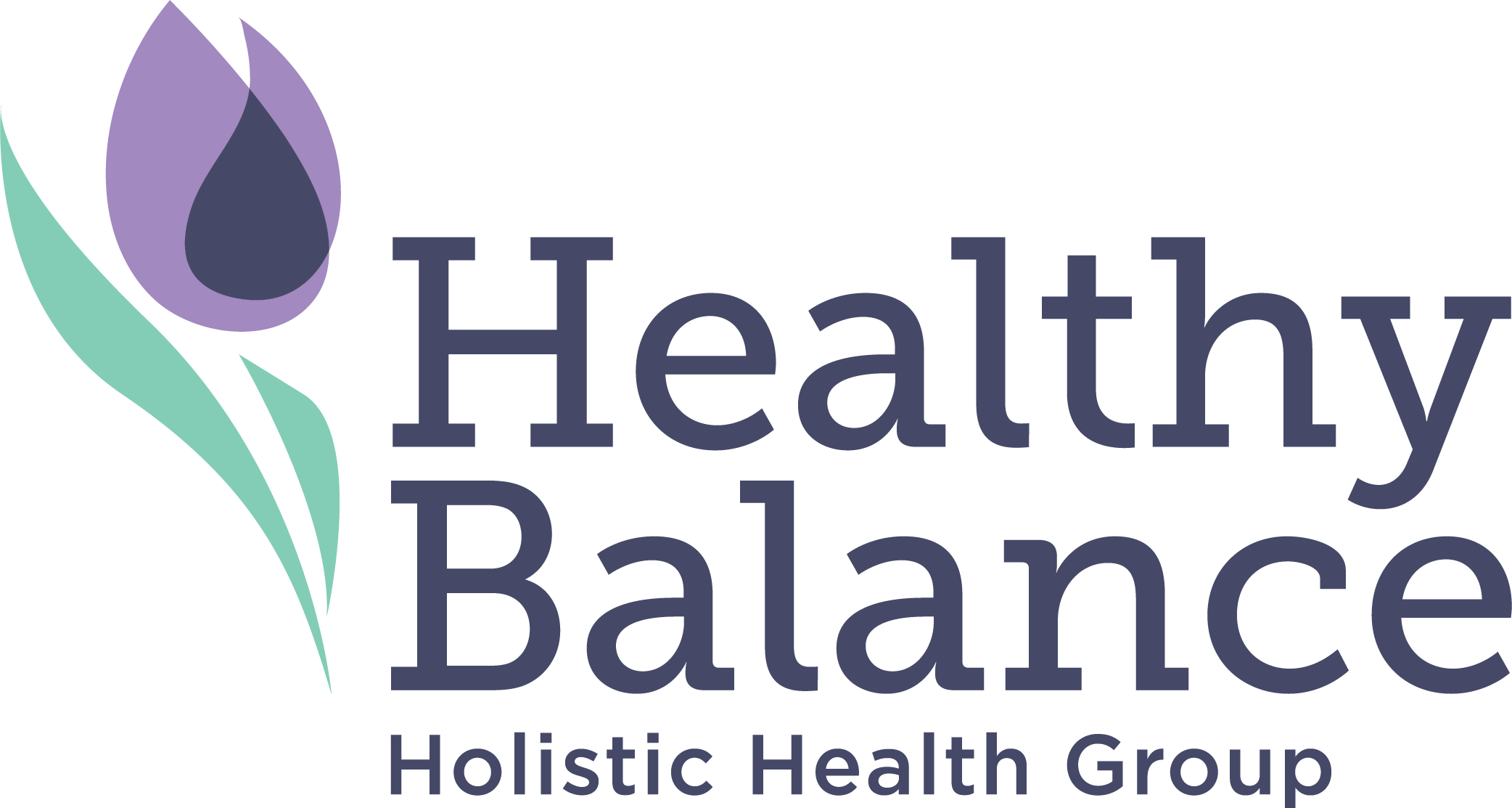
Media, fads and marketing may influence how we view certain food items. Sugar is a huge topic that has been focused on over the last decade. “Sugar Free” or “No Added Sugar” products are easily perceived as being healthier than regular products. Have you ever heard of a sugar replacement and thickening agent known as a sugar alcohol?
 Sugar alcohols became popular to the Canadian market back in the late 1980”s in sugar free chewing gum. With sugar alcohol’s we taste the sweetness, minus an aftertaste, however the chemical is not absorbable and may cause havoc in the intestinal tract. Any amount of sugar alcohol consumed over 8 grams can cause GI distress, including gas, bloating, constipation, diarrhea, cramping, stomach extension and loud gurgling noises. Pretty nasty to say the least.
Sugar alcohols became popular to the Canadian market back in the late 1980”s in sugar free chewing gum. With sugar alcohol’s we taste the sweetness, minus an aftertaste, however the chemical is not absorbable and may cause havoc in the intestinal tract. Any amount of sugar alcohol consumed over 8 grams can cause GI distress, including gas, bloating, constipation, diarrhea, cramping, stomach extension and loud gurgling noises. Pretty nasty to say the least.
Sugar alcohols are found in products that claim “No Added Sugar”. They are sometimes listed in grams on the nutrition label, beneath Carbohydrates, Fibre and Sugar. Interestingly enough, manufactures do not have to list sugar alcohols on the food label; however, you can identify them in the ingredients list. The word alcohol ends in “ol” and for the most part, so does a sugar alcohol. Sorbitol, Maltitol and Xylitol are all examples of sugar alcohols.
Allot of products considered to be “Diabetic” friendly contain large amounts of sugar alcohol. Keep in mind that the company decides the serving size on a food label. For example, a food label might indicate that there are 4 grams of sugar alcohol per 4 pieces of small candy. It seems to fit the bill of less than 8 grams, however we generally eat more than that as we view the product as healthier as it does not contain sugar. So, if we were to eat four pieces this morning, another four this afternoon, four tomorrow and four the day after that, we would easily have 16 grams of sugar alcohol in our system and may feel GI discomfort by experiencing the above mentioned symptoms.
Sugar alcohols build up in our system and it may take several days to clear the chemical from our bodies. Examples of food and beverage products containing sugar alcohols found in most grocery stores include; “No Added Sugar” candy, cookies and baked goods; “Fat Free”, “No Added Sugar” premade puddings found in the dairy case; “No Added Sugar” bottled fruit; “No Added Sugar” ice cream; Bottled water that’s marketed as a sugar free health supplement.
Play food detective and think “outside the box” with food labelling. If a product is marketed not to contain sugar, ask yourself “If sugar is not present in this product, where is the sweet taste coming from?” The answer is usually from a chemical, such as a sugar alcohol or other artificial sweeteners.
Studies have shown that people who consume sugar free products tend to weigh more. The reason being is that these products increase our appetites later in the day.
Obviously, consuming large amounts of refined sugars are unhealthy as well. Be weary of foods and drinks marketed to contain “All Natural Sugar” as it’s usually an indication of excessive amounts of hidden sugar. Choose healthier options in moderation and respect portion control. Healthier options to sweeten foods and beverages naturally include; 100% pure maple syrup; black strap molasses; cinnamon; nutmeg and pure vanilla extract.
Personally, I’d prefer to take a small “hit of sugar”, that my body can break down and absorb as opposed to a “hit of chemical” that will cause havoc to my GI system! The choice is YOURS!! Be informed – Read your full food labels and ingredients lists.
Tara K. Antle, BSc.AHN, RHN, RNCP
Nutritionist in Private Practice
Healthy Balance
47 Leslie Street (Heritage Health Care – 2nd floor)
St. John’s, NL
A1E 2V7
www.healthy-balance.ca


